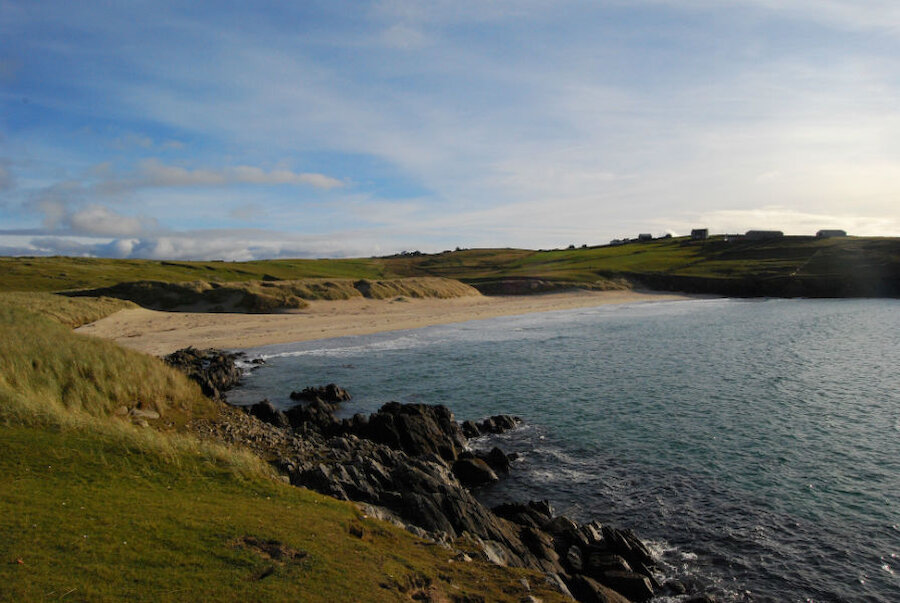Every district in Shetland has its particular appeal and, each month, we look at what each part of our islands can offer for new residents. This month, we go north to Yell.
Yell is the second-largest of the Shetland islands and is about 28km (17.5 miles) from north to south and 12km (7.5 miles) from east to west. It lies just north of the Shetland mainland.
The interior of Yell is mostly peat moorland but the coastline is very varied, with cliffs, rocky shores and two particularly fine beaches, at Westsandwick and Breckon. As a succession of television naturalists has recognised, the island is one of the best places in Europe to see otters, but whales and porpoises appear from time to time around the coast and, inland, there's a varied bird life including Red-throated Divers and Golden Plovers.
The island's population is around 1,000 and all the settlements are around the coast. The largest is Mid Yell, where there's a modern junior high school, a health centre, a superb leisure centre with swimming pool, a shop, a pub and other facilities. There are other shops in Ulsta, Aywick and Cullivoe. Other community facilities include no fewer than eleven village halls, reflecting the fact that – as elsewhere in Shetland – there's a very active community life. Yell folk care very much about their heritage, too, and an excellent community-run museum in Burravoe offers insights into the island's past and celebrates the work of the late Bobby Tulloch, a noted naturalist and photographer.
There's no large-scale employment in Yell. Some people commute to jobs in Shetland's north mainland or Lerwick but others work locally in crofting agriculture, fishing or fish and shellfish farming. Several artists and craftspeople practise in the island, making jewellery, basketwork and textiles, or painting and drawing. There's a weaving studio, too, as well as Britain's northernmost art gallery.
Yell is undoubtedly a great place to get away from it all, but it has good connections to the Shetland mainland; the ferries offer half-hourly departures for most of the day, and the journey takes only fifteen minutes. From the ferry terminal at Ulsta, it's possible to be in Shetland's capital, Lerwick, in an hour, or at Sumburgh Airport, at the southern end of Shetland, in about an hour and a half.
Above all, Yell is known as a particularly friendly place; there's always a wave for passing motorists and Yell hospitality is as welcoming as you'll find anywhere. Islanders are keen to attract new residents and they'd be delighted to hear from you.

